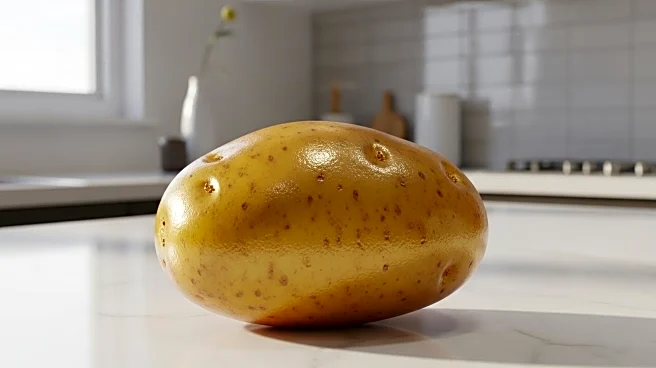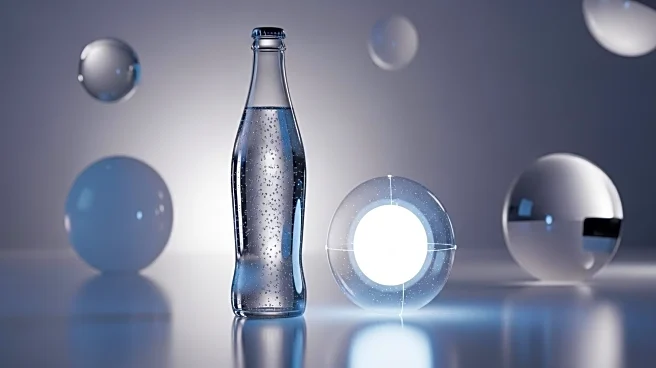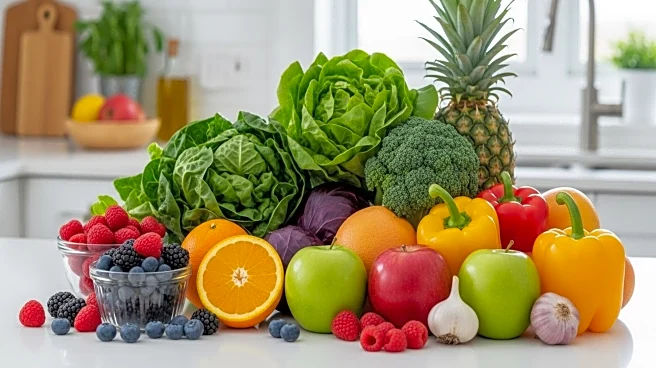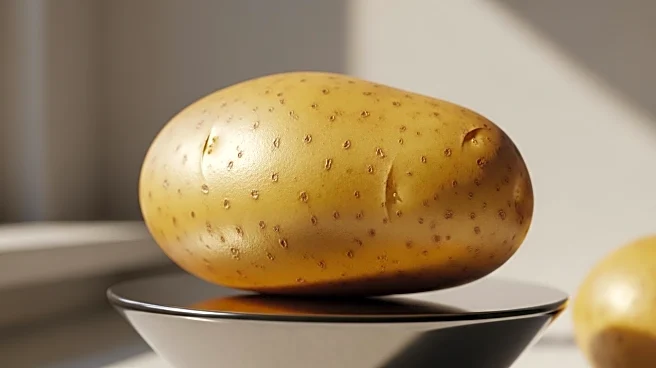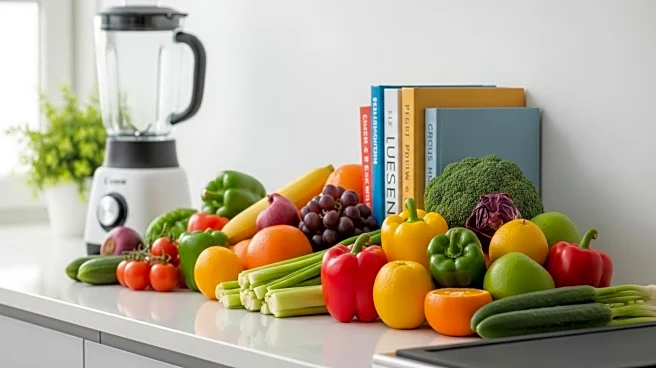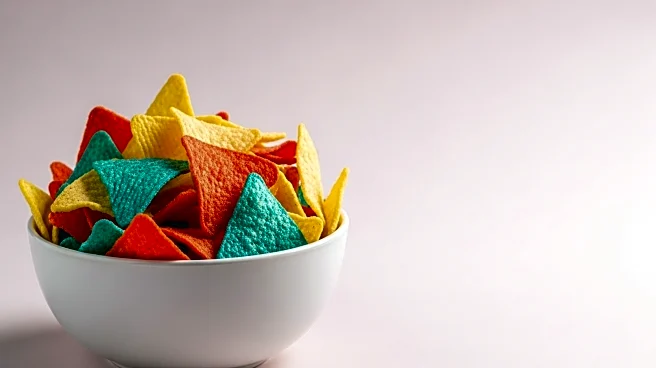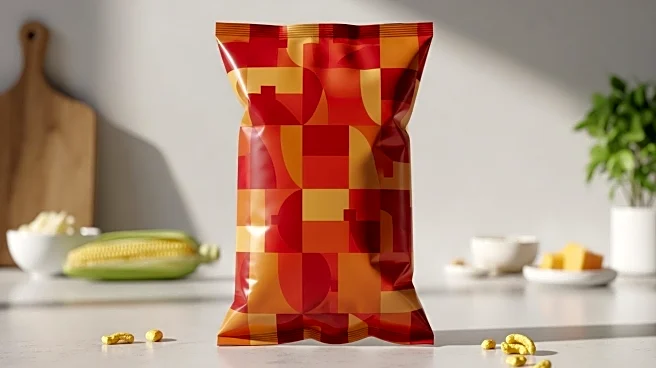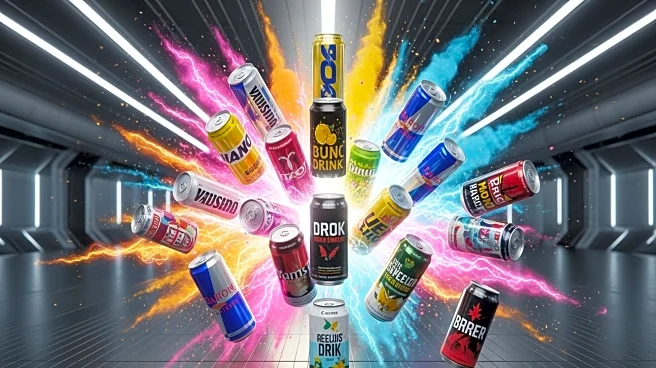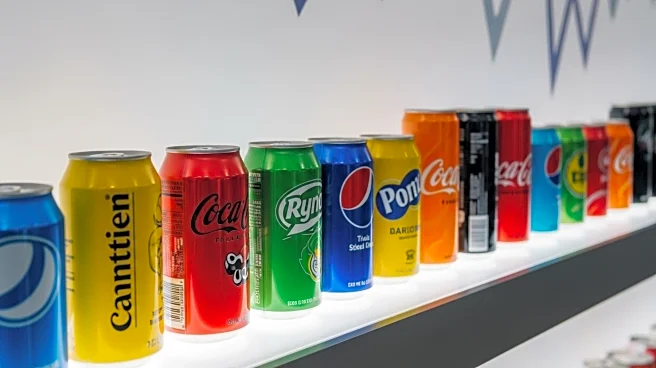What is the story about?
What's Happening?
Lay's has announced a major rebranding effort to highlight that its chips are made with real potatoes. The company is removing artificial flavors and colors from its products in the U.S. and introducing a refreshed logo and bag design. The rebrand aims to address consumer misconceptions, as 42% of Lay's customers reportedly did not realize the chips are made from farm-grown potatoes. The new packaging will feature the phrase 'made with real potatoes' and enhanced photography showcasing the product. Lay's is also changing some ingredients, opting for olive oil and avocado oil in certain products.
Why It's Important?
This rebranding is significant as it reflects Lay's response to consumer demand for transparency and natural ingredients. By emphasizing the use of real potatoes, Lay's aims to strengthen its brand identity and appeal to health-conscious consumers. The move away from artificial additives aligns with broader industry trends towards cleaner labels and could influence competitors to adopt similar strategies. This rebrand may enhance Lay's market position and drive sales by reassuring customers about the quality and authenticity of its products.
What's Next?
Lay's plans to continue evolving its product offerings, with new options across PepsiCo's food portfolio expected in 2026. The company may focus on expanding its range of healthier snack options to cater to changing consumer preferences. Lay's rebranding could lead to increased marketing efforts to educate consumers about the ingredients and production process of its chips, potentially boosting brand loyalty and sales.
Beyond the Headlines
The rebranding effort highlights the importance of consumer perception in product marketing. Lay's decision to emphasize real ingredients may prompt discussions about food labeling and transparency in the snack industry. This shift could also impact agricultural practices, as demand for farm-grown potatoes may increase, influencing supply chain dynamics.
AI Generated Content
Do you find this article useful?
